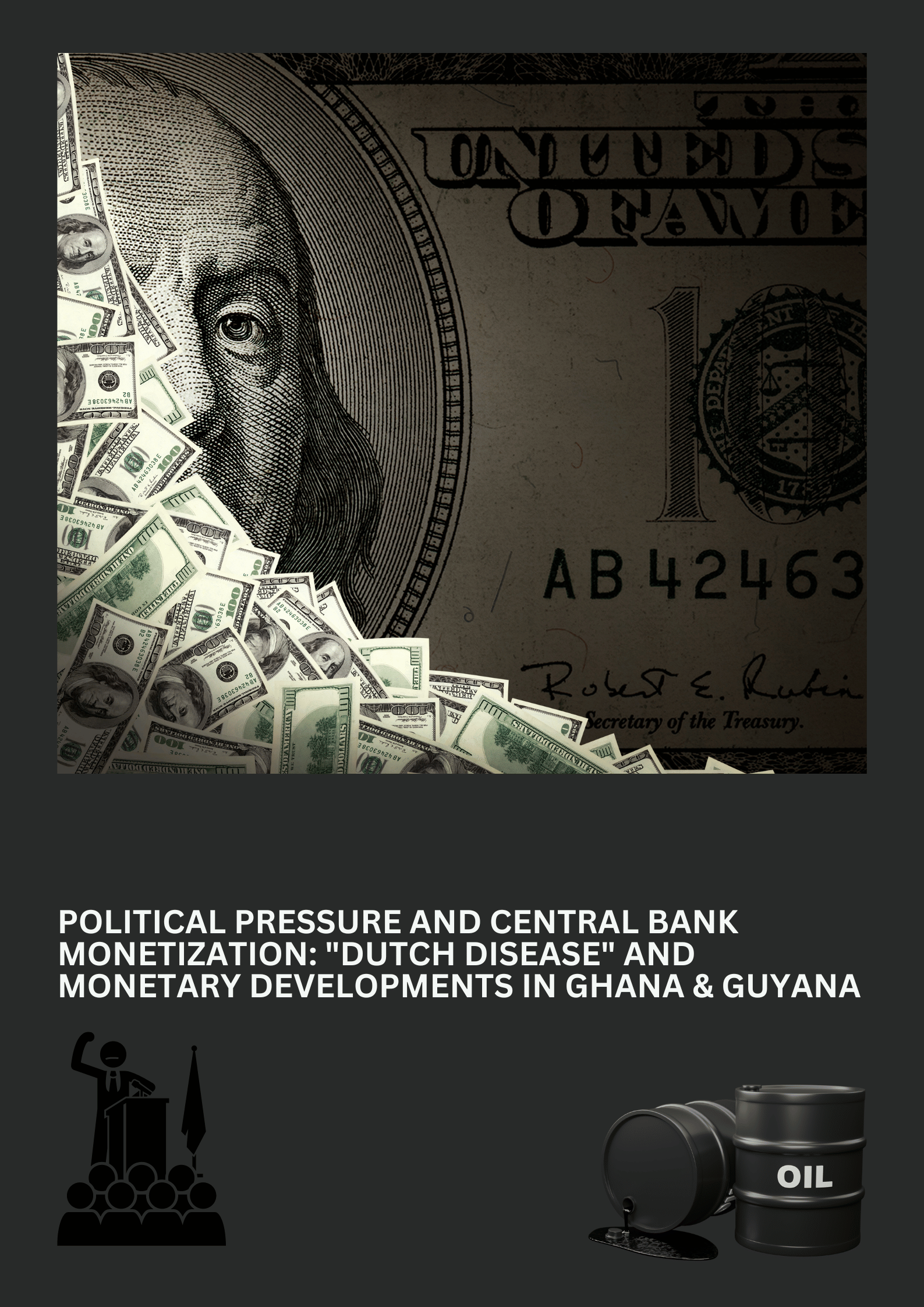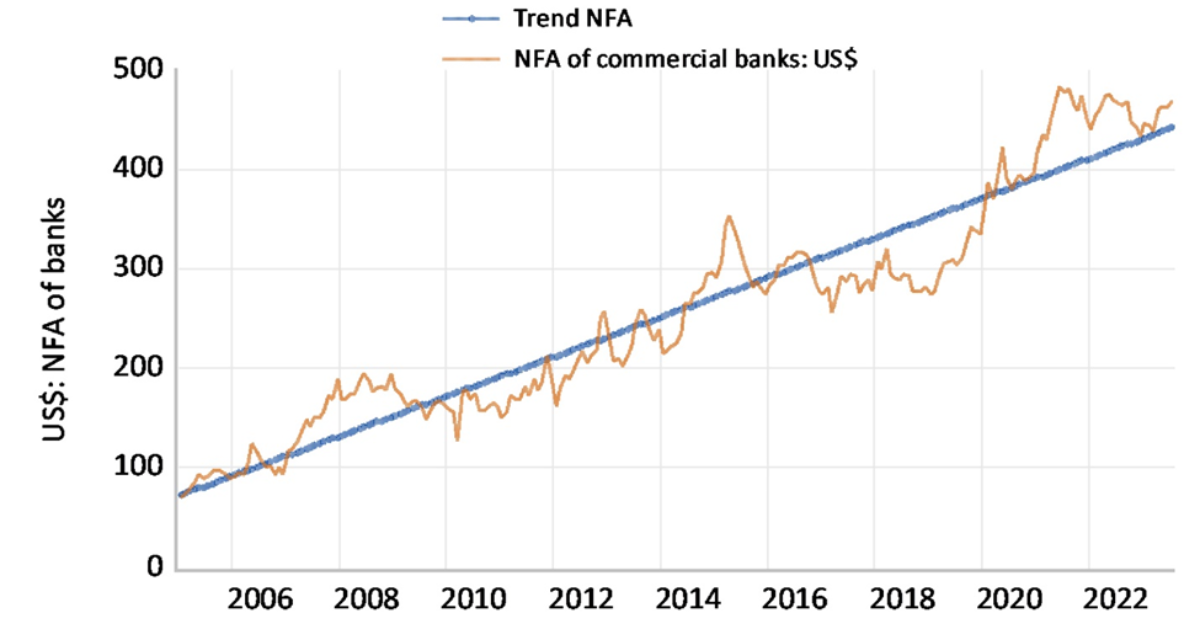Please allow me to comment on your article in yesterday’s SN: `Guyana’s first million barrels of oil is closer – still no word on price.’ Once one peels away the legal mumbo jumbo and pretensions, the oil contract clearly says that profit oil is valued by the monthly average of the spot market price. You have to take the average in each month when profit oil is shared. By the way, as I wrote in a column last year: it is not 2% + 12.5%. The 2% upfront royalty has to be deducted from the market price (the monthly average) when calculating the profit oil. The effective take is 13.5% and not 14.5% per barrel. Now, the government has to also consider the transaction costs associated with selling the profit oil. That’s perhaps 2% per barrel? If so, the Guyana government is down to 11.5% de facto or effective royalty per barrel. This 11.5% or 13.5% effective take can continue for 20 years plus because there is no ring fencing or tying down of unit (average) cost per barrel. This is because ExxonMobil pulled off a high-school algebra trick on Guyana’s negotiators in this APNU+AFC government and those from the PPP before: Unit Cost = 0.75*Price.
This is the reason why I have called numerous times from 2015 for pinning down the unit or average cost, once cost recovery is over. Given a few of the estimates I saw floating around, I know the effective take could rise substantially once cost recovery ends. The problem is, there is no time frame for ending cost recovery; hence, your average cost for the foreseeable future is 0.75*Price (per barrel). It turns out from simulations I have done for my personal edification, 13.5*Price per barrel < 2% +0.5*(Revenue per barrel – cost per barrel). The mystery is the Guyanese authorities never bothered to pin down “cost per barrel.” Of course, I was shouted out on numerous occasions that I don’t have experience in the oil and gas sector and as a result should not comment on these matters. Now, I am the first to say that I’m not competent to comment on geophysics. However, what I have outlined herein is Microeco-nomics 101 and high school algebra.
In closing, I see a lot of noise is being made about Rystad, which we know is an apologist for the oil companies, and OpenOil. I am yet to pin down what is the latter’s motivation. Are they saying that poor people should permanently hug trees? I really don’t yet know. The projections of both Rystad and OpenOil appear to be off to me. Neither Rystad nor OpenOil has presented a clear counterfactual.
Yours faithfully,
Tarron Khemraj









